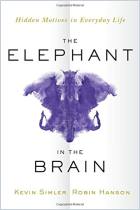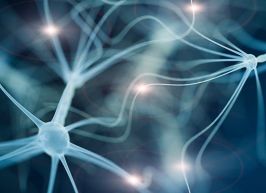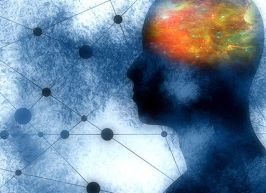
Behave
The Biology of Humans at Our Best and Worst
From BEHAVE by Robert M. Sapolsky. Summarized by arrangement with Penguin Press, an imprint of Penguin Publishing Group, a division of Penguin Random House LLC.
ISBN: 9781594205071
Pages: 800
Recommendation
In this ambitious, long and quirky book, Stanford professor and MacArthur Genius Grant recipient Robert M. Sapolsky – author of Why Zebras Don’t Get Ulcers, A Primate’s Memoir and The Trouble with Testosterone – attempts to explain all the major influences on human behavior. He focuses on violence and largely organizes the relevant influences by time scale or sequence. He details influences that take effect merely a second before someone acts, minutes before, then hours and then days – and even centuries. Sapolsky explores historical and evolutionary influences. His broad, idiosyncratic and varied research informs every page of his presentation, and he enlivens most pages with clever asides. Sapolsky enjoys his own commentary; how much you enjoy it will depend on whether you feel it illuminates his ideas or obscures them. getAbstract recommends this singular overview first to Sapolsky fans and also to anyone interested in understanding how evolution, biochemistry and culture shape human behavior.
Summary
About the Author
Stanford professor and MacArthur Genius Grant recipient Robert M. Sapolsky also wrote Why Zebras Don’t Get Ulcers, A Primate’s Memoir and The Trouble with Testosterone.




















Comment on this summary or 开始讨论